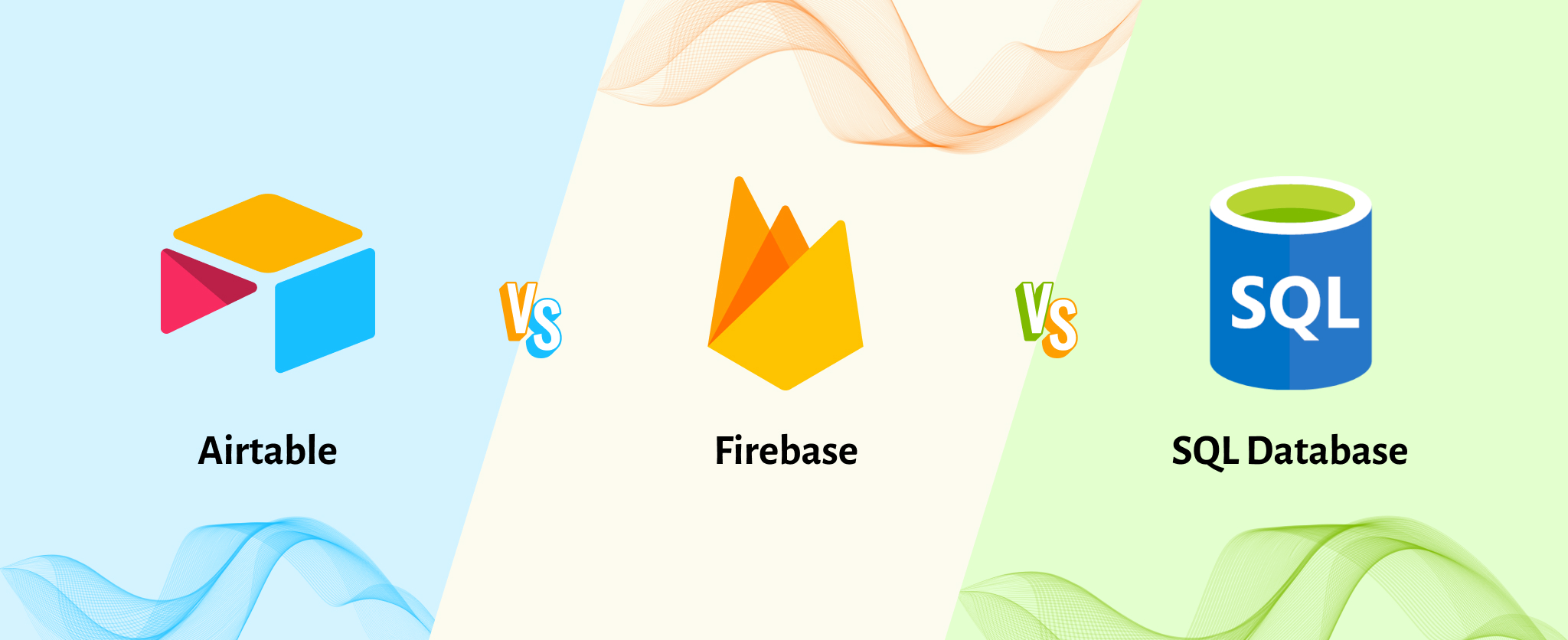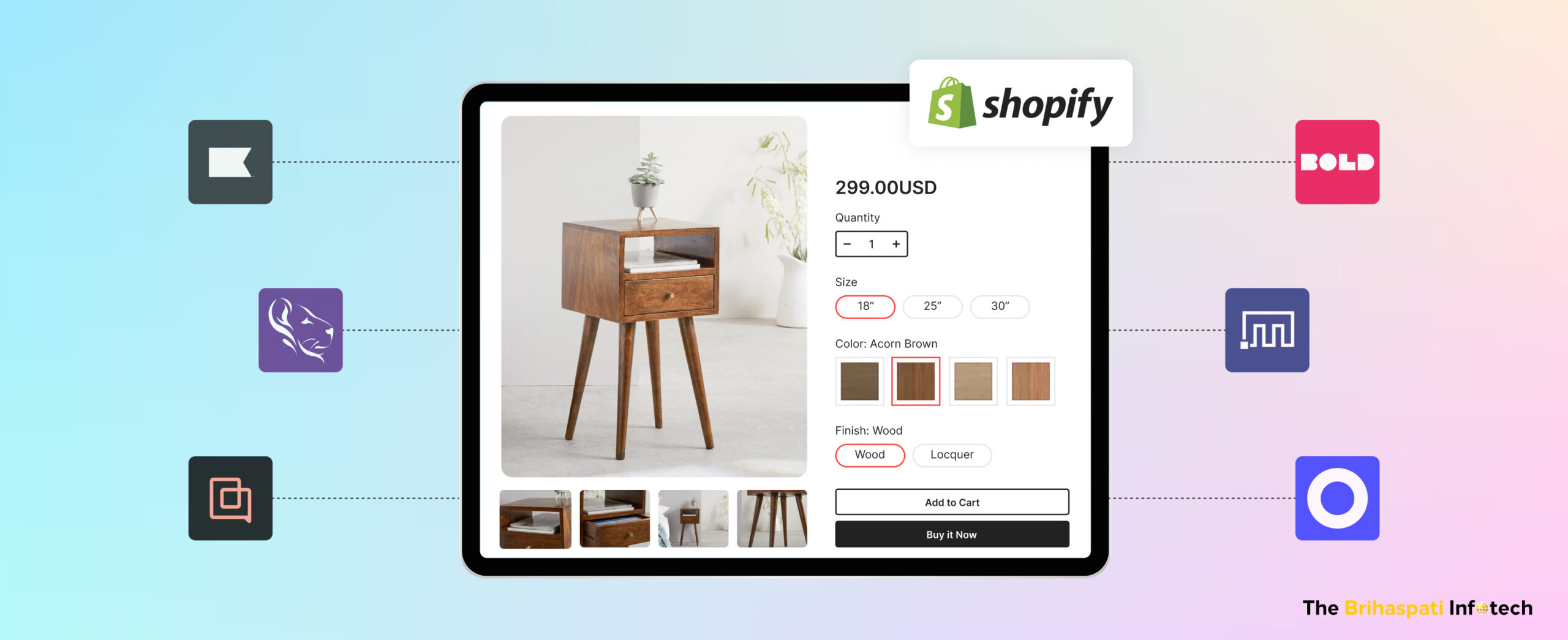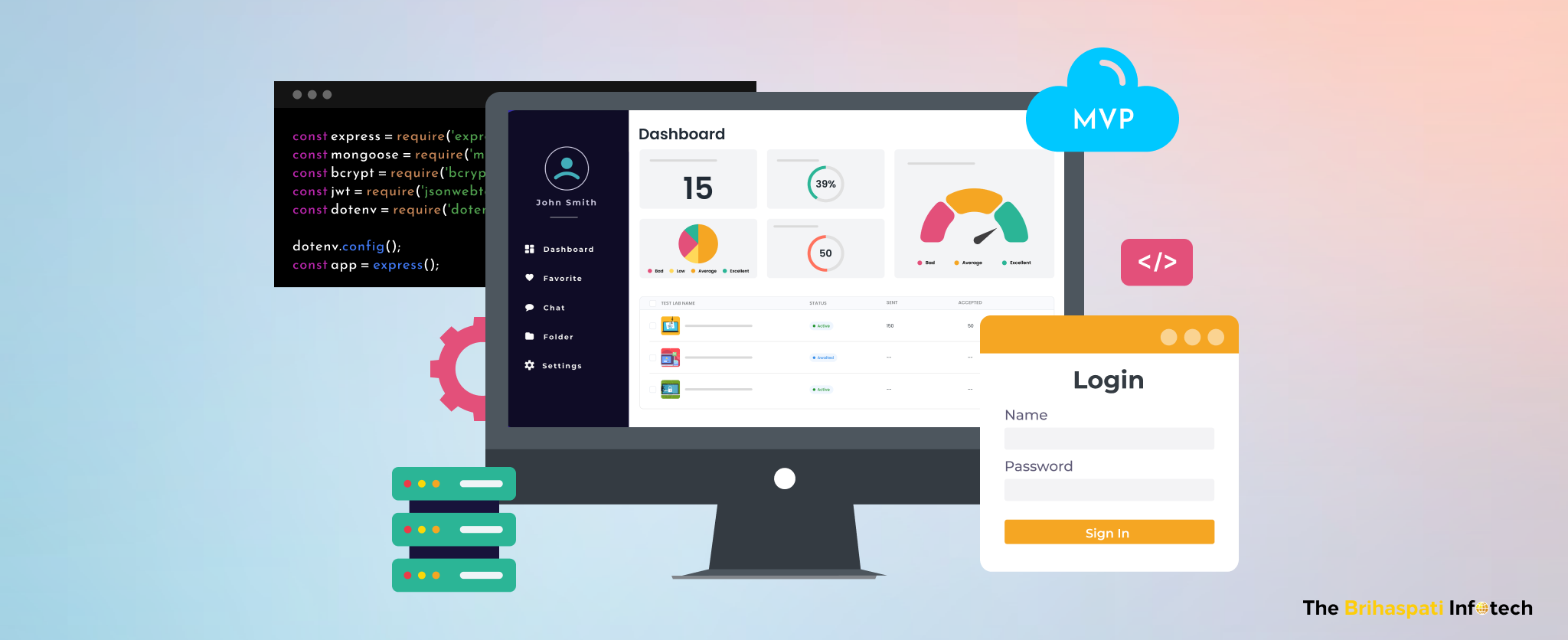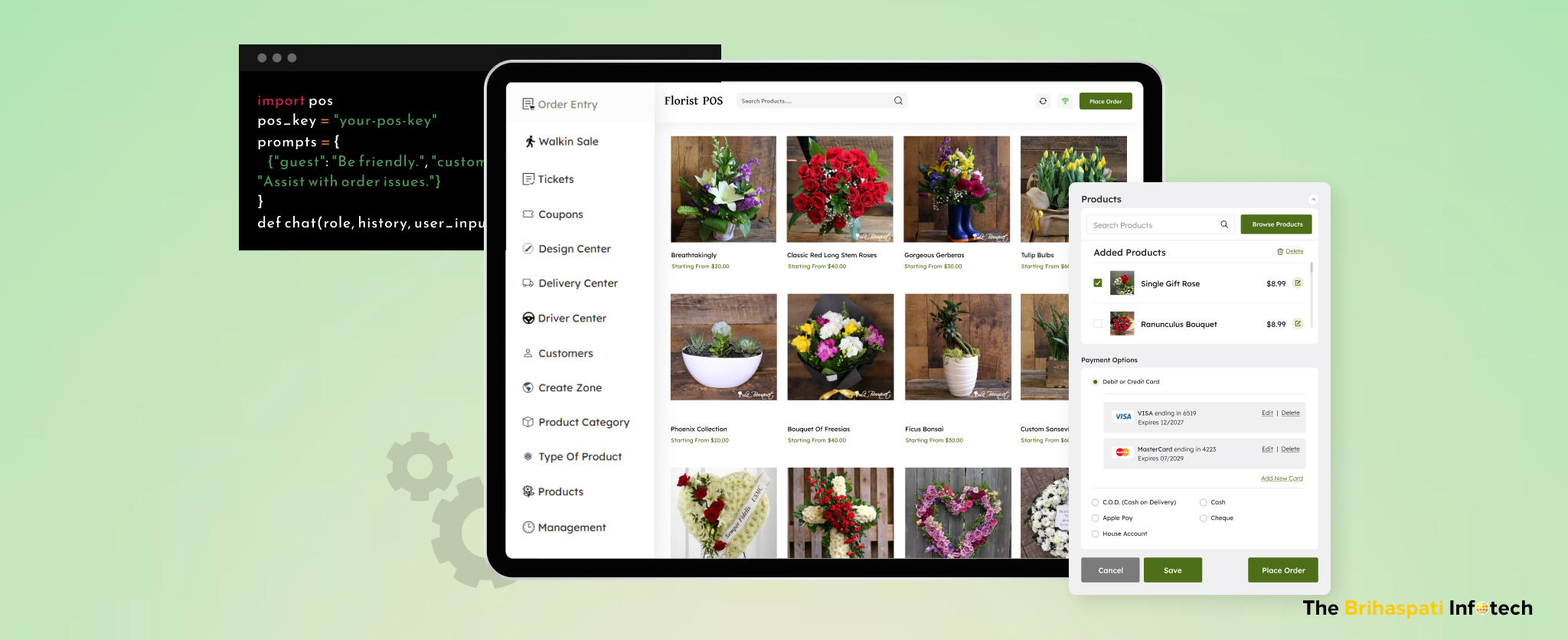
Re-discovering WordPress Theme Development With ReactJS
WordPress is one of the most extensively used content management systems. It powers over 25% of the world’s largest ten million websites and over 59% of all websites using a CMS.
Some prefer it for the availability of countless themes and plugins using which you can set up websites in minimal time. Others might prefer cheap development costs. But what they all must agree on is the fact that WordPress provides one of the most capable and easy to use admin interfaces for content management.
But as effective as the WordPress back-end might be, a website is subjected to continuous improvements and enhancements over the course of time to sustain with the evolving demands of business requirements.
This, in turn, results in maintaining a mixture of many HTML and PHP loops which eventually turn out to be a headache to work with.
WordPress missed an effective front-end development ability and was often termed as a CMS without an “open mind” due to WordPress theming restrictions.
But things changed since the launch of WordPress 4.7. WordPress introduced its REST API with the update that exposes the WordPress core architecture. This provided abilities like CRUD, pagination, authentication, querying, custom endpoint creation, etc in JSON data format.
This flexibility has allowed web developers to use WordPress strictly as a back-end data storage, while effective languages like ReactJS could now be used to create custom and robust front-end solutions.
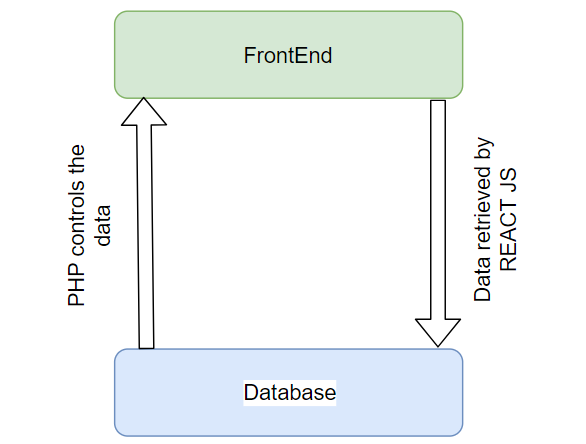
What is ReactJS
React (primarily known as React.js or ReactJS) is an open source JavaScript library created and maintained by Facebook. It is specifically built for creating User Interfaces and to effectively manage the display of data on the front-end of a web application.
React is considered as the future of User Interface development as well. Developers can use REACTJS to create websites that can work just like a mobile app when viewed on a mobile or tablet device. Such adaptability is termed as PWA (Progressive Web Apps) by Google and is the next big trend in mobile responsiveness.
Why Use React js For WordPress Themes
With the WordPress backend now not limited to WordPress theming anymore, developers can now create entire front-end using JavaScripts.
As effective as ReactJS is:
- Flexible & Reusable component system
- Open source license
- Facebook powered maintenance
- Efficient workflow with JSX, etc.
It is steadily becoming one of the go-to UI development frameworks for front-end development.
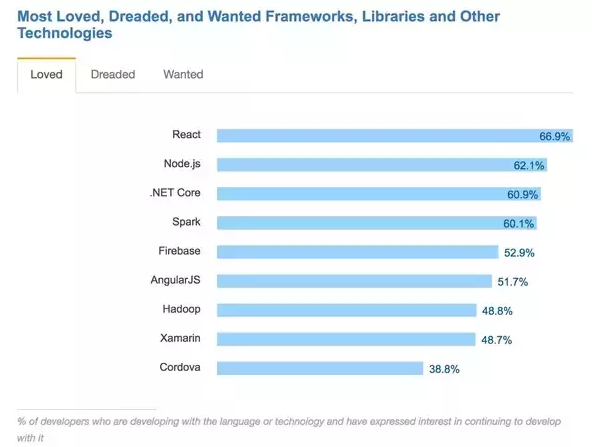
Key points why ReactJS is the best choice for WordPress template creation
- With JSX(HTML like syntax) as a key component in ReactJS, developers can create complex HTML components with JavaScript in a much more simplified and organized way.
- ReactJS follows the concept of State and Flux(introduced by Facebook) that allows developers to be more flexible while choosing the correct approach to solving problems.
- ReactJS allows developers to build the application in a modular way, hence giving much more control over development.
- It is extremely fast in rendering DOM components by keeping track of state changes and using Redux to re-render components only when necessary.
Developing A WordPress Based Appointment System using ReactJS
Being a ReactJS development service provider ourselves, we recently had the opportunity to develop a WordPress theme using REACTJS and integrating it with the WordPress back-end through its API.
The final product was:
- An extremely flamboyant and fast theme.
- Highly modular and extensible code.
- A happy client.
The core functionality of the appointment system included:
- A subscription-based model for businesses to register an account.
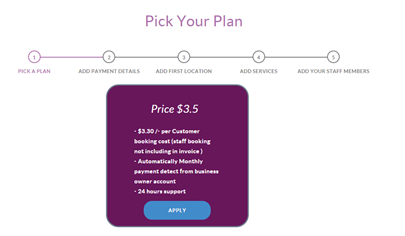
- A minimalistic process to define business schedule.
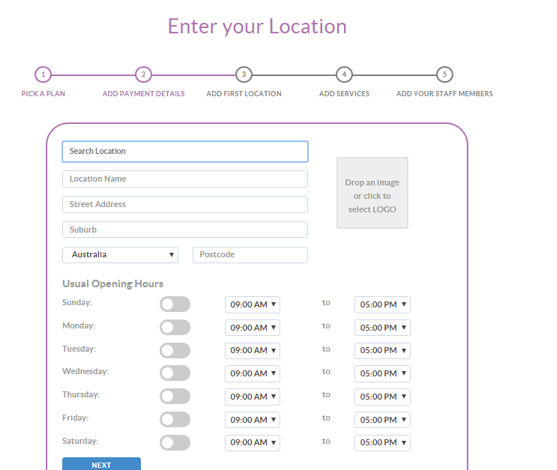
- Ability to define multiple business branches in different locations and multiple services for each location.
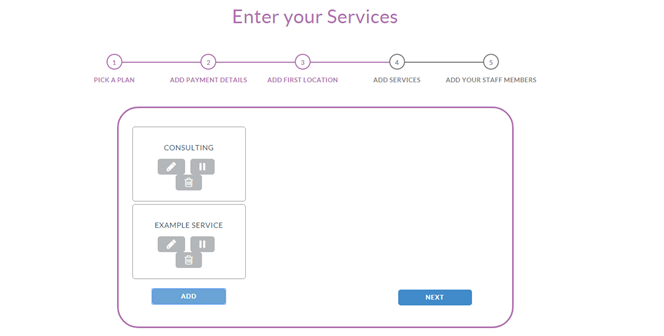
- Assigning different team members to handle appointments for each location and service.
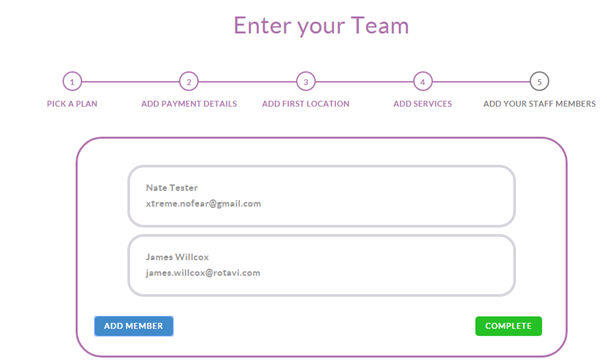
- A robust dashboard for both business owners and team members to effectively manage appointments and teams respectively and synchronizing appointments with Google Calendar.
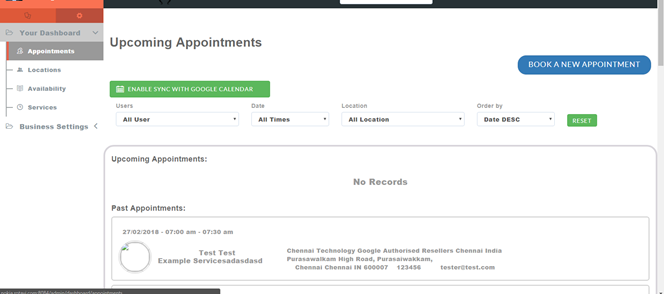
- Ability to embed the appointment feature as an Iframe in their business websites in order to generate appointments directly from their own websites.
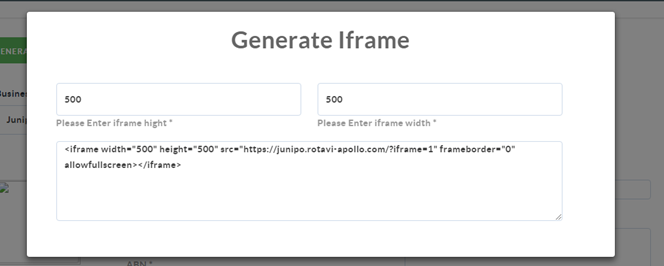
- An easy to comprehend one-page interface for users to book appointments.
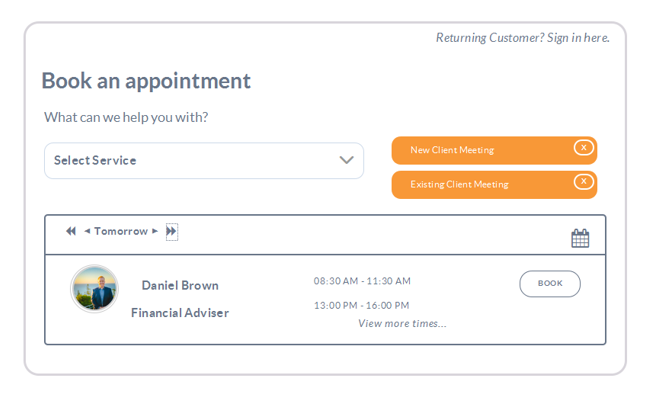
Conclusion
With ReactJS, the WordPress ecosystem might be experiencing a new dawn of possibilities. With major players on the world wide web like Facebook, YouTube, Google, already giving a glimpse of how effective progressive web apps can be, the WordPress client base will soon look to adapt to this rising trend.
Once it does, the combination of ReactJS and WordPress REST API will certainly be the most sought-after solution.
Are you looking to transform your WordPress theme with ReactJS? Why not drop us a message and set up a free consultation session to explore the growth opportunities.
Stay Tuned for Latest Updates
Fill out the form to subscribe to our newsletter





